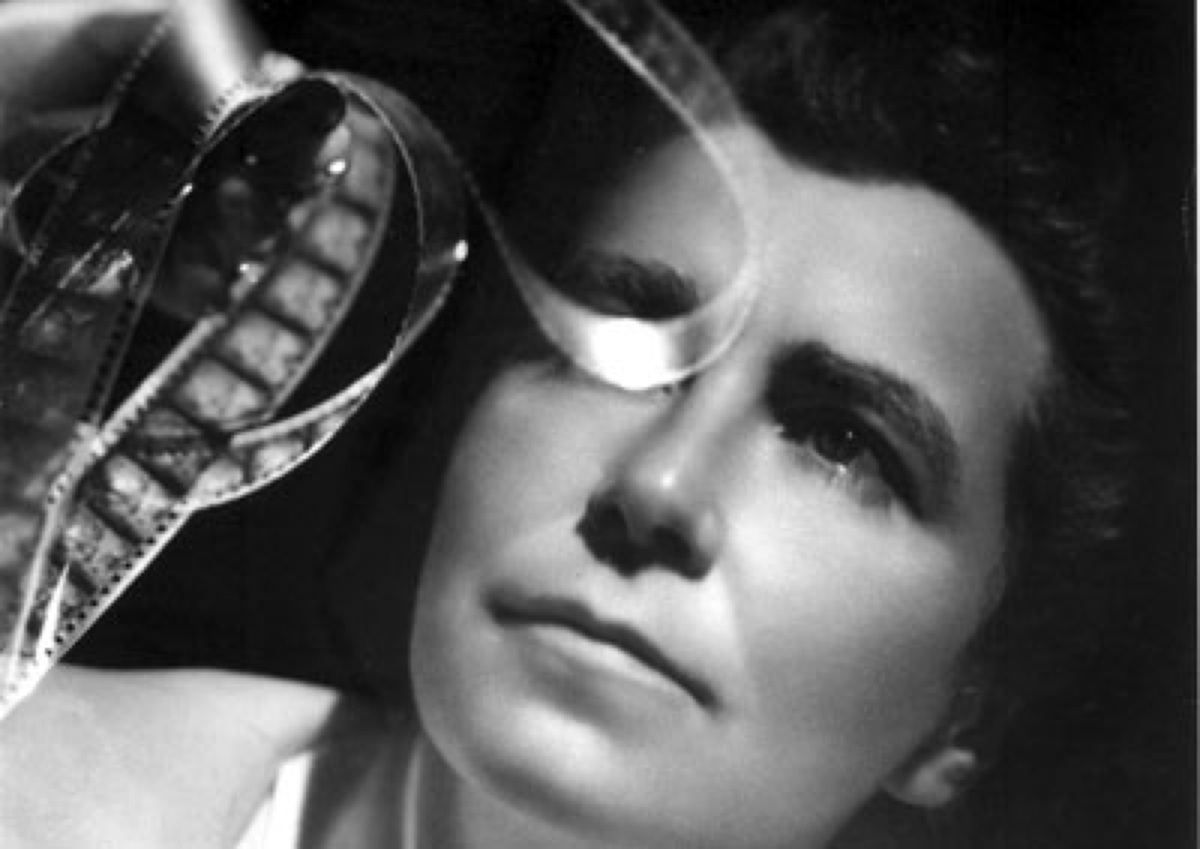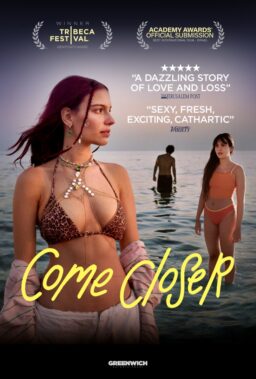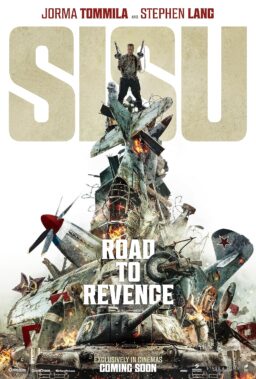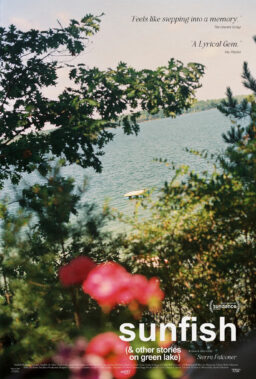1971 is a tough year for a female movie geek to come of age. In Stanley Kubrick’s “A Clockwork Orange” Malcolm MacDowell warbles “Singin' in the Rain” as he initiates a gang-rape of a woman into whose home he and his friends have broken. In Sam Peckinpah’s “Straw Dogs” Susan George, as a woman married to Dustin Hoffman, is raped serially by her ex-boyfriend and then by his pal. I don’t know enough to understand why the sexual violence is so deeply disturbing. Later I will see how both auteurs align the viewer with the rapists, not the victims. For MacDowell’s character, rape is a lark; for George’s rapists, the provocatively clad young woman is asking for it, isn’t she? I do not feel aligned with the rapists.
At my developmental stage such cinematic close encounters are a litmus test. According to the movie-minded male undergrads at UC San Diego, if these films don’t turn you on, you aren’t liberated. I don’t know enough to understand that this is bluster, that the guys are as naive about the varieties and emotional ramifications of sexual experience as I am. “Last Tango in Paris” (1972), is more relatable for me in that I can understand Marlon Brando’s character channeling his grief and aggression into sex, even if I have to ask Tom, my boyfriend, “What’s the deal with the butter?” If you are laughing remember, please, I am nineteen.
I don’t know enough to understand that at the movies I am daily imprinted with what desire looks like from a male perspective. If “The Godfather” (1972) is an example, for many men the desire for power trumps that for intimacy.

When I review “The Godfather” for the La Jolla Light I fail to note the symbolism of its final scene. Al Pacino’s Michael lies to Diane Keaton‘s Kay, assuring her he has nothing to do with the murder of Connie’s husband. As Kay leaves his inner sanctum to pour a drink, Michael’s retainers file in to honor the new Don, shutting her the out as they shut the door. “What made it resonate with particular irony,” Molly Haskell will write in 1997, “is that the film closed the door on wives, girlfriends and mothers at the very moment when the women’s movement, on fire with a whole range of equity issues, was coming out of the closet and into the media spotlight.”
In 1972, gender inequality is so ingrained in the culture and in movies that I take it as a given. Yet in the early 1980s when I watch “The Godfather” on VHS, the finale makes me gasp. What a metaphor of how women are essentially peripheral to the action in movies of the ’70s and ’80s.
It is largely due to “From Reverence to Rape” (1974), Haskell’s passionate, sweeping history of women in film, and John Berger’s “Ways of Seeing” (1972), his study of how male artists look at and frame females, that I am belatedly able to see what I haven’t before in “The Godfather.”

But it is also due to the fact that in 1974 I see Dorothy Arzner’s “Dance, Girl, Dance” (1940) and for the first time experience the emotional difference between the male gaze and the female gaze. It is possible that at the very moment I watch Maureen O’Hara confront the men leering at her in the burlesque house of Arzner’s film Laura Mulvey is writing “Visual Pleasure and Narrative Cinema.” I can’t describe how ridiculously happy I am to note that in Arzner’s film instead of females putting the brakes on the action, they are its accelerators.
I move to New York in 1976 and every day I comb through screening schedules and 16mm catalogs for the works of Arzner, Vera Chytilova, Ida Lupino, Agnes Varda and Lois Weber, and I think: So many forgotten female auteurs—but apart from Elaine May, so few contemporary female ones. I think: Despite the resourcefulness of Faye Dunaway, Barbra Streisand, Diahann Carroll, Diane Keaton and Jill Clayburgh, precious few actresses are on the screen. I ask: Was it ever thus?
I go to the MoMA library. I learn that in the silent era there are many female filmmakers and screenwriters and that from the 1920s through 1950s, actors and actresses are equal draws. I learn that in the 1930s and 1940s each studio has female screenwriters and to create female characters. According to the Quigley annual list of top box office stars in 1932 five of the top ten are women. (Marie Dressler, Janet Gaynor, Joan Crawford, Greta Garbo and Norma Shearer). In 1936, 4 ½ out of the top ten are women (Astaire/Rogers share a slot). In 1946, four out of ten. In 1956, only two—Marilyn Monroe and Kim Novak—on a list of seasoned actors like Cary Grant and Clark Gable. In 1966, three actresses. In 1976, only one: Tatum O'Neal.

What happens in the 1970s? At the time male moguls retail the theory that since the rise of feminism, it is risky to put a woman on screen. They tell me and other reporters that a feminist character “won’t play” to moderates and more traditional women won’t play to radicals. “The Way We Were” (1973) tries to placate both perceived factions by “having the male lead break up with his activist wife for a” partner less political. Similarly in “Norma Rae,” the title character is a union activist who, though attracted to a labor organizer, sticks with husband and kids.
Many of the big hits of the decade—”M*A*S*H,” “Jaws“, “Blazing Saddles“, “Animal House”, “Rocky,” “All the President's Men“—are mostly male affairs, with the occasional female on hand to supply the supportive-helpmeet and/or skin quotient. The women in “Taxi Driver,” “Carrie” and “Saturday Night Fever” come in two flavors, madonna and whore. A happy exception to this roster, “Alice Doesn’t Live Here Any More,” is not exactly a blockbuster. On the positive side, Barbara Kopple wins an Oscar for her documentary “Harlan County, USA” and Jill Godmilow makes the nonfiction film, “Antonia: Portrait of a Woman.”
The 1980s are likewise a good news/bad story.

The good: From Hollywood to Indiewood, female screenwriters and filmmaker make their debuts. Among the directors are Streisand with “Yentl,” Penelope Spheeris with “The Decline of Western Civilization,” Amy Heckerling with “Fast Times at Ridgemont High,” Susan Seidelman with “Desperately Seeking Susan” and Penny Marshall with “Jumpin' Jack Flash” and “Big.” Among the producer-screenwriters, Gale Anne Hurd with “Terminator” and “Aliens,” Nancy Meyers with “Private Benjamin,” and Eleanor Bergstein with “Dirty Dancing.” On the indie scene there are Bette Gordon (“Working Girl“) and Kathryn Bigelow (“Near Dark,” “Blue Steel“). (Nora Ephron enters, screen right, as scriptwriter of “Silkwood” and “When Harry Met Sally.” (Her directorial debut does not come until the 1990s, as do those of Julie Dash, Darnell Kasi Lemmons and Darnell Martin).
The bad news: With the exceptions of these films from women, John Hughes movies with Molly Ringwald, “9 to 5,” “Terms of Endearment,” “Moonstruck,” “Working Girl” and “Driving Miss Daisy,” it’s hard to find a leading lady in a mainstream film. For the most part, the “Indiana Jones” franchise represents the diminishing role of women in mainstream Hollywood films: In the first, Karen Allen is a helpmeet; in the second, Kate Capshaw is helpless; in the third, Allison Doody is the enemy.
What happens in the 1980s? Target-marketing for one, and the result is gendered culture. “Indiana Jones” is mass-marketed; “9 to 5” is niche-marketed, never mind that the niche it’s marketed to is the 51% majority. From my perspective, movies with female leads marketed to women make men feel they are not invited.

When “9 to 5” becomes a blockbuster, I ask a Fox executive what else like it is in the pipeline. He tells me (on the record!), “There’s a perception in the industry that if a movie is a hit with women, it’s not really a hit.” A Warners exec shares the prevailing Hollywood wisdom: “No men on the screen means no men in the audience.” When I ask if the reverse is also true, he says no, citing “Star Wars.” I call this Hollywood’s “voodoo demographics.”
In 1987, nine percent of the top 250 movies at the box office are directed by women. That’s the good news. The bad news: Since then the needle hasn’t moved. The percentage has been remarkably stable, varying from seven to nine-and-a-half percent. Although academics and reporters hear from Hollywood executives that films directed by women don’t make as much money as those directed by men, the truth is that female and male filmmakers with similar budgets generate similar box office results.
I can end this rant with a downbeat statistic or an upbeat anecdote. I will do both.
The downbeat: In 1995, according to Screen Actors Guild officer Gilbert Avila, male actors with speaking roles outnumber females on screen by a ratio of 64 to 36. In 2011, according to an Annenberg/USC study, men outnumber women by a ratio of 72 to 28. This is tragic for many reasons. From an employment perspective, it creates more opportunities for actors than actresses. From a sociological perspective, it creates the impression that the world is predominantly male.
The upbeat: When my stepdaughter and daughter come of age, the movies they watch (and rewatch) to learn about relationships and sex are Gillian Armstrong’s “Little Women“, Amy Heckerling’s “Clueless,” Gina Prince-Bythewood’s “Love & Basketball,” Gurinder Chadha’s “Bend it Like Beckham,” Nancy Meyers’ “What Women Want,” Mira Nair’s “The Namesake,” Nora Ephron’s “Julie & Julia,” “Mean Girls” (written by Tina Fey), “Legally Blonde” (written by Kirsten Smith and Karen McCullah Lutz) and “Bring It On” (written by Jessica Bendinger).
I can’t tell you how ridiculously happy this makes me.











